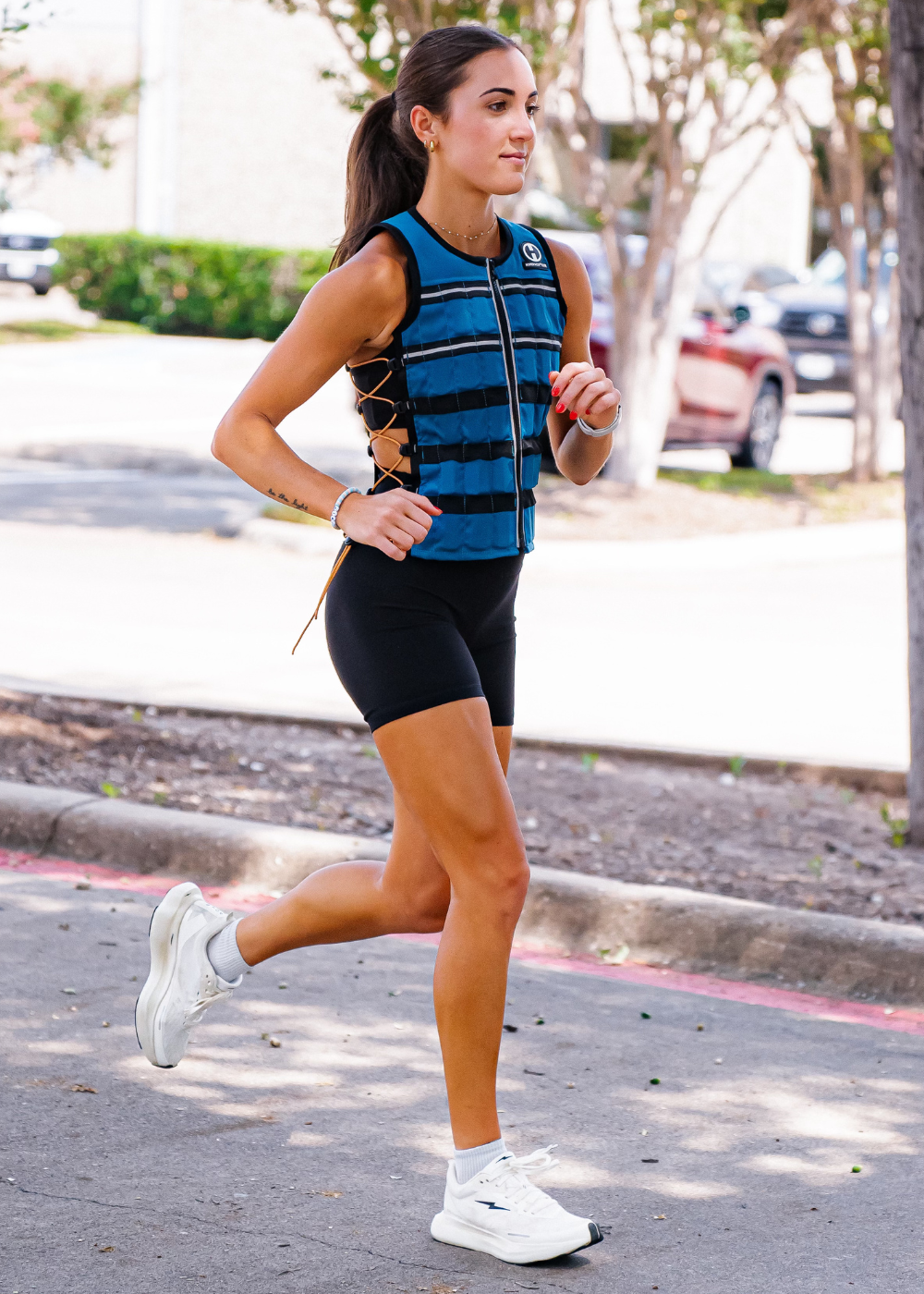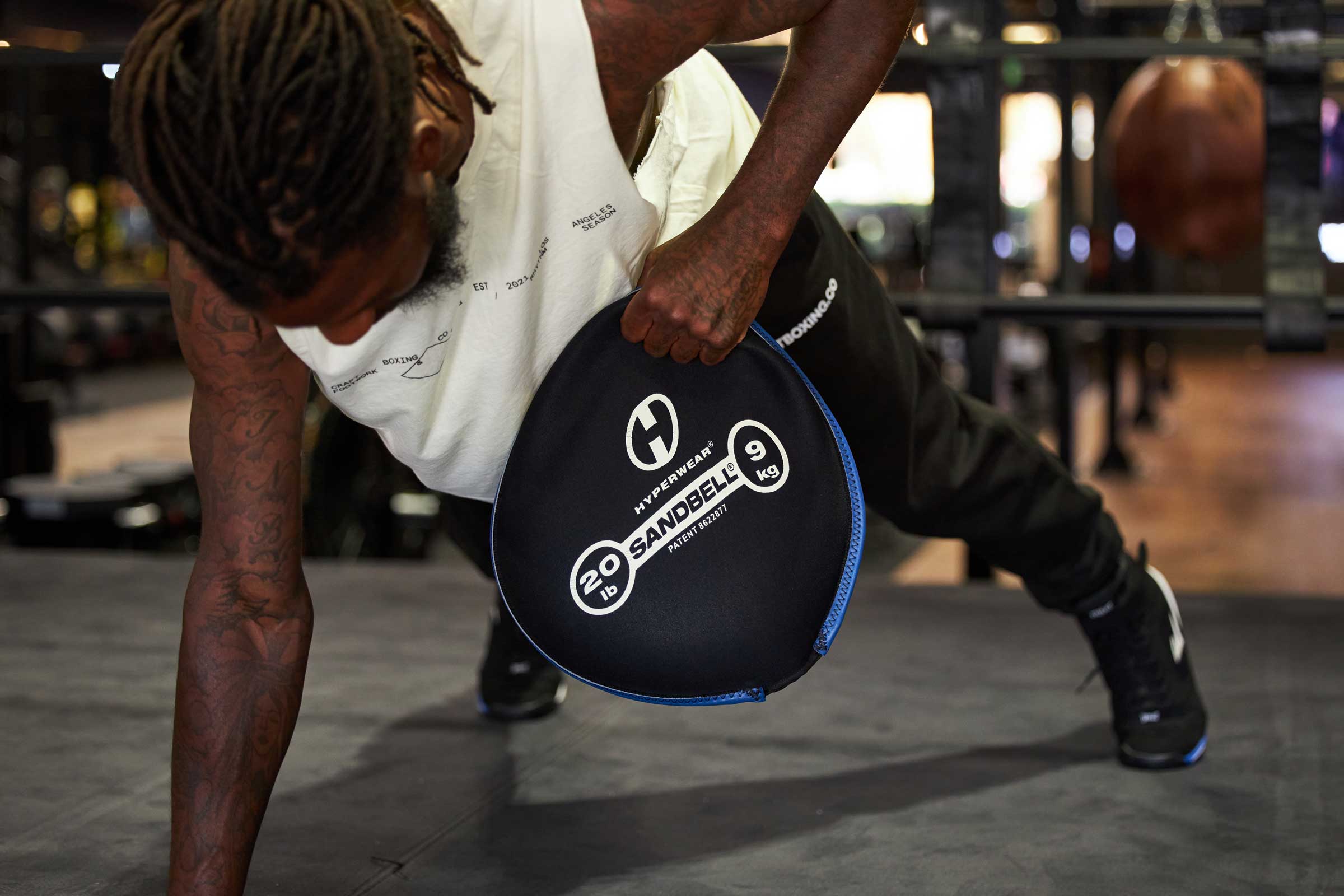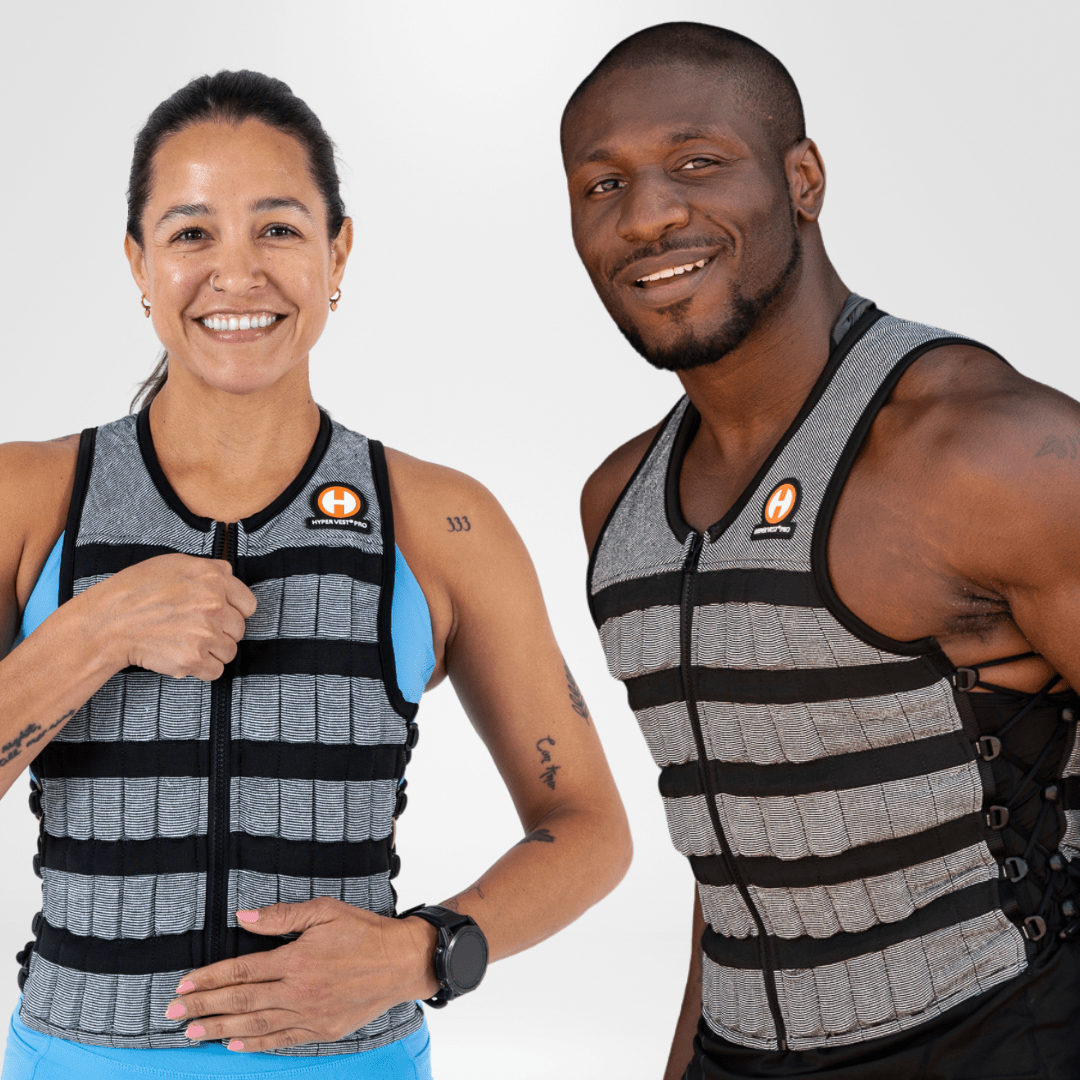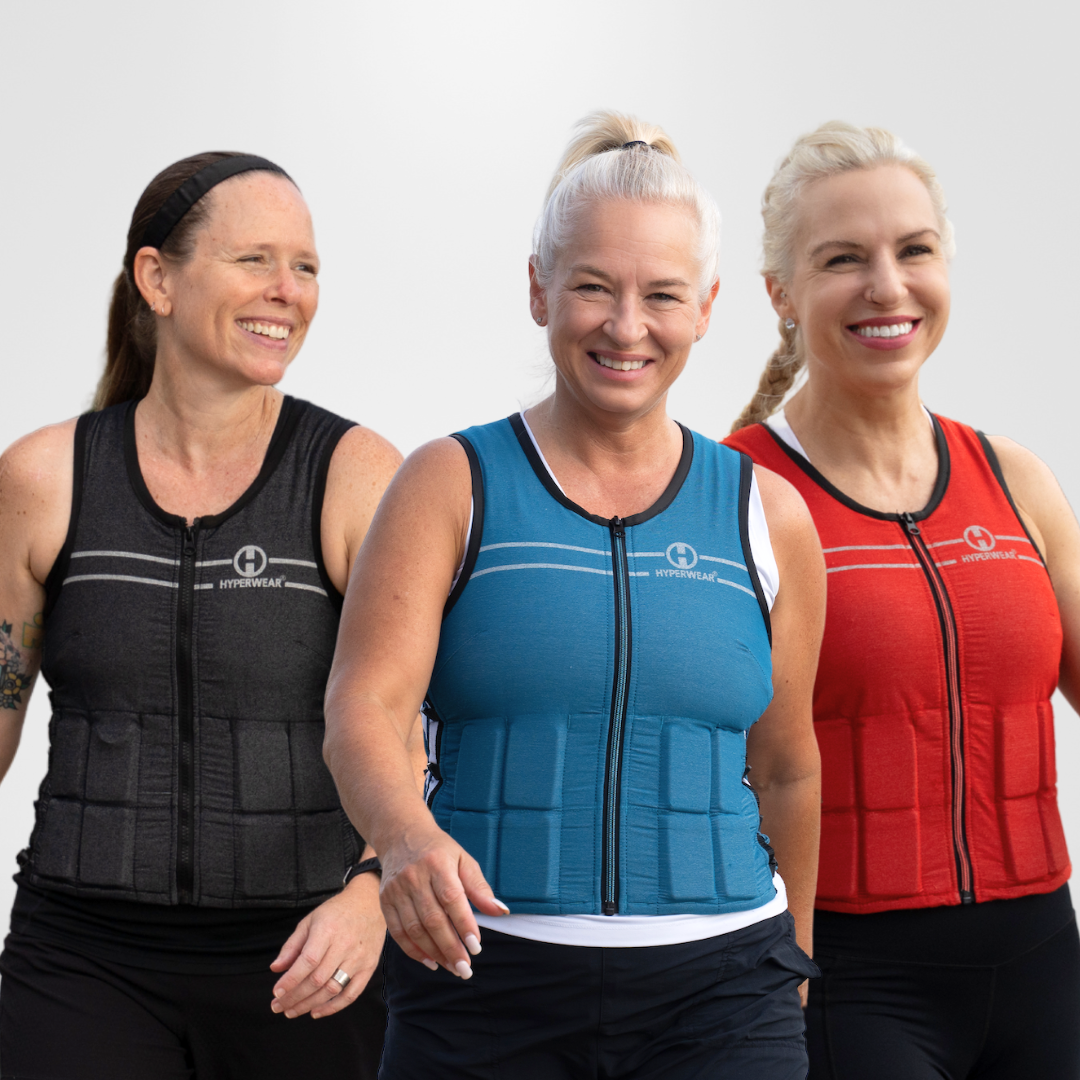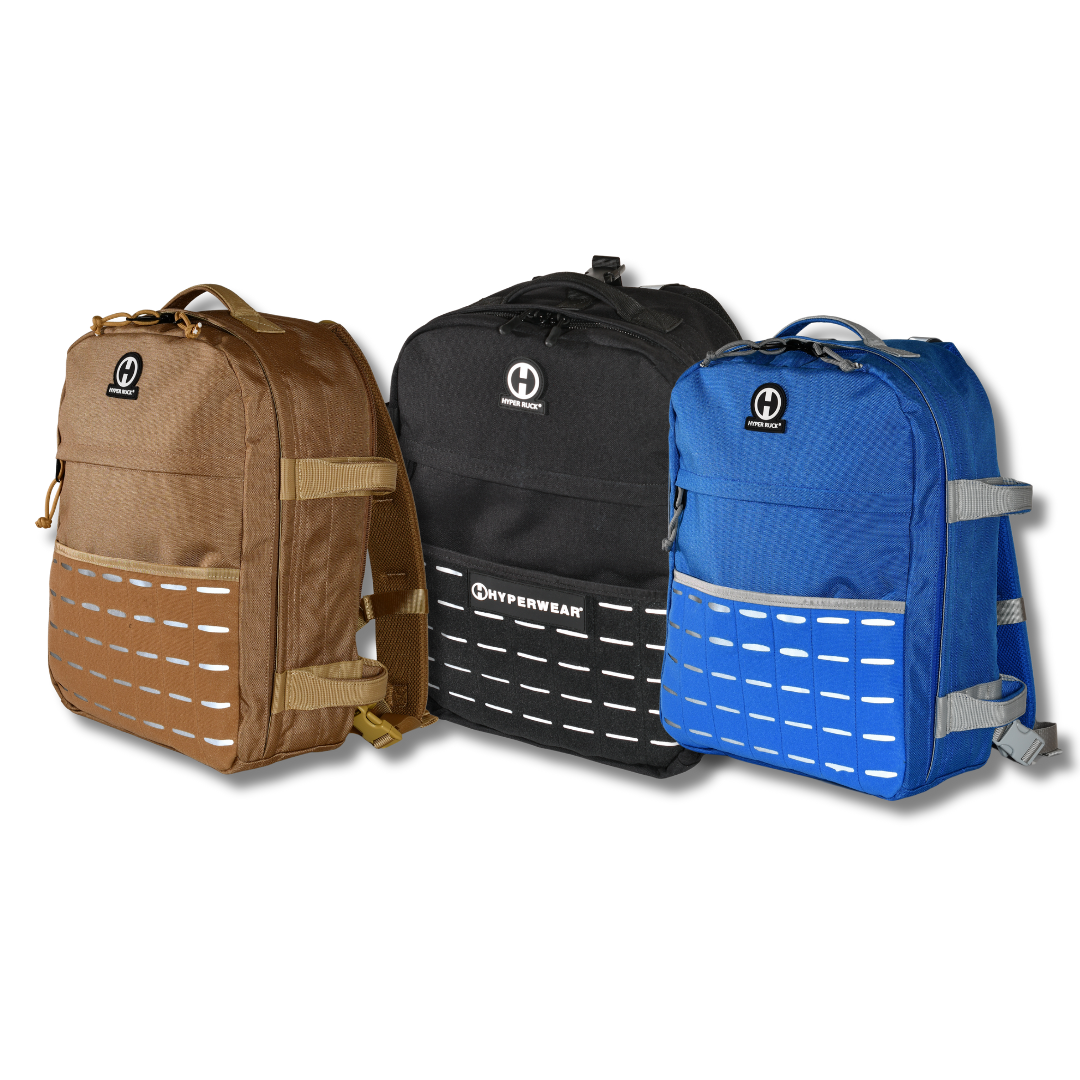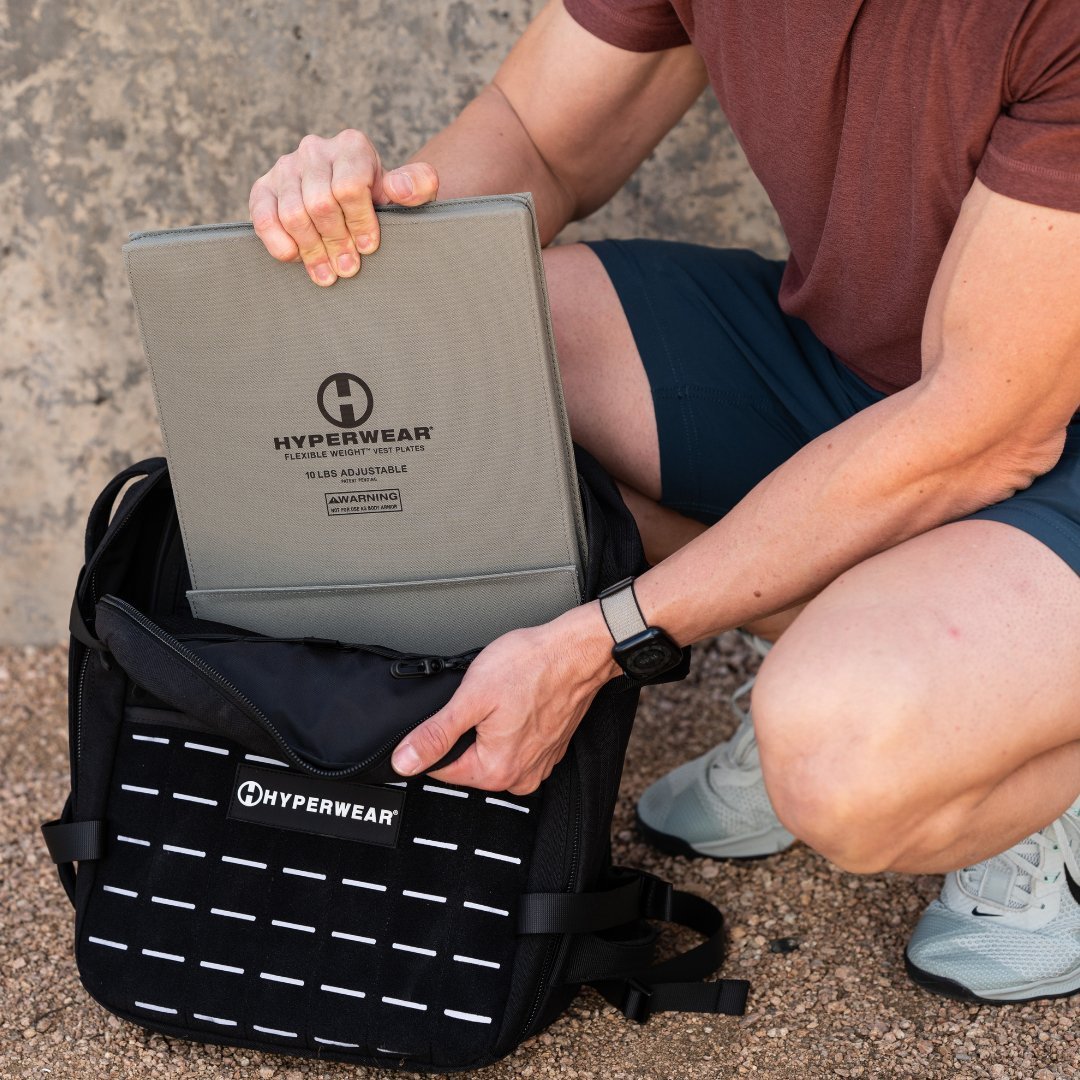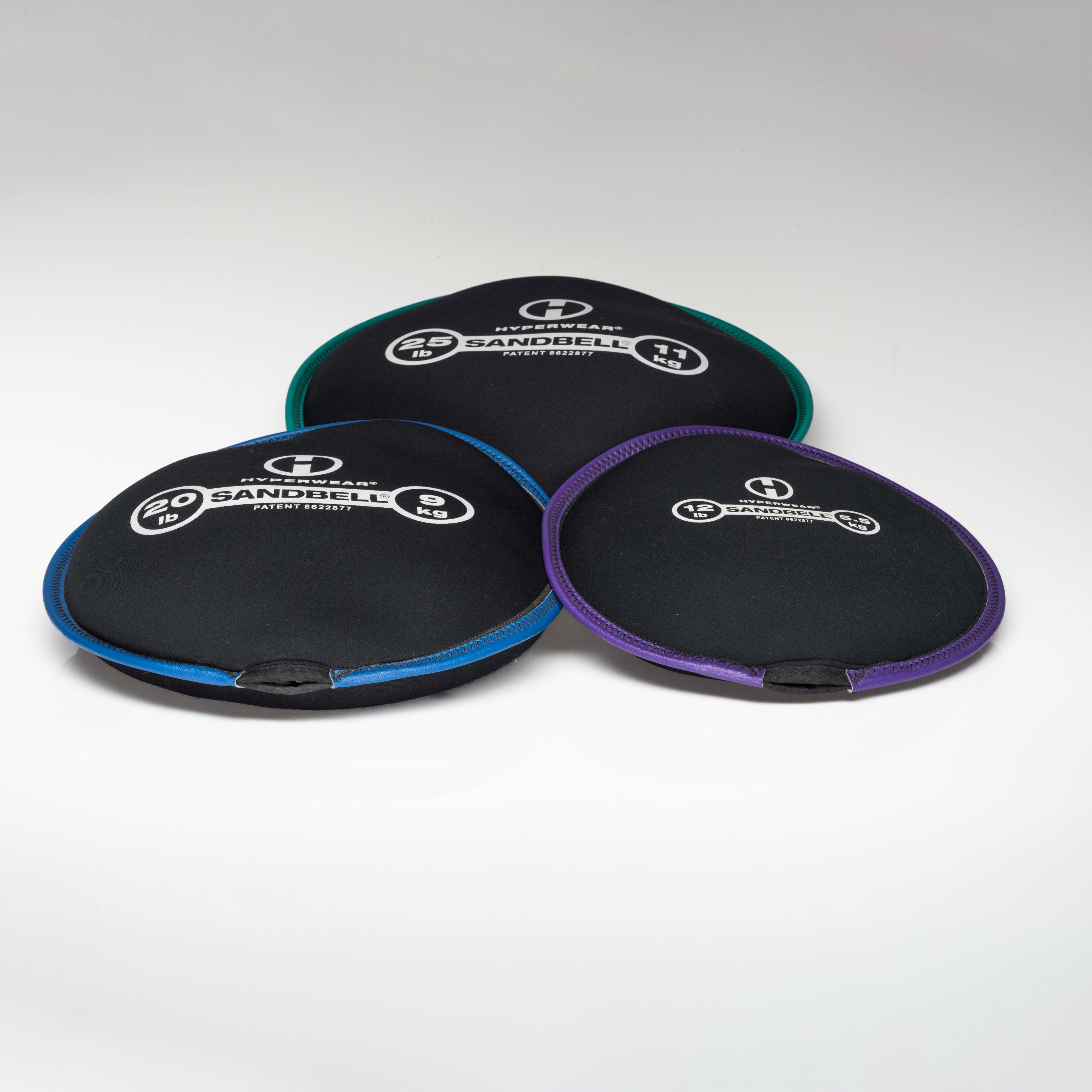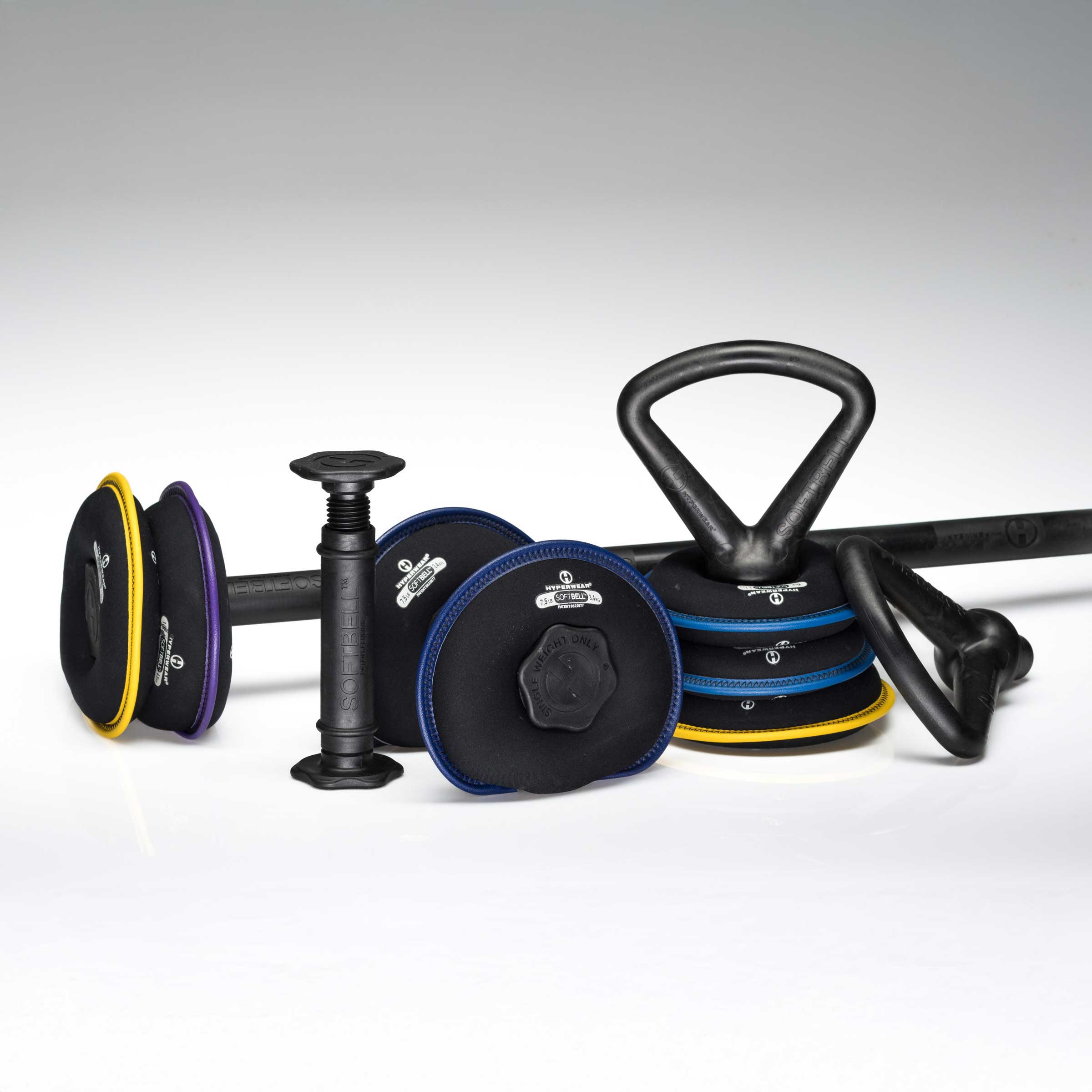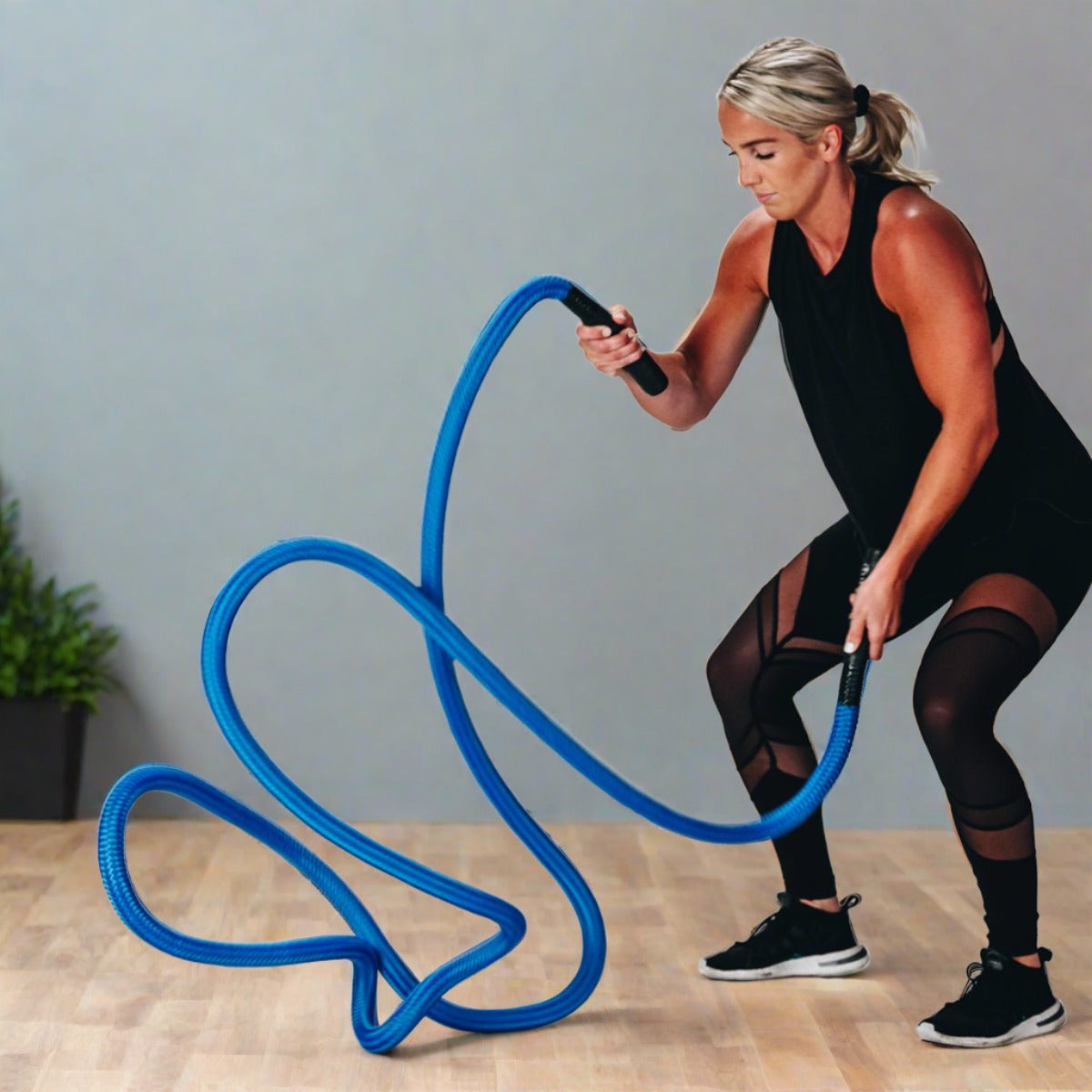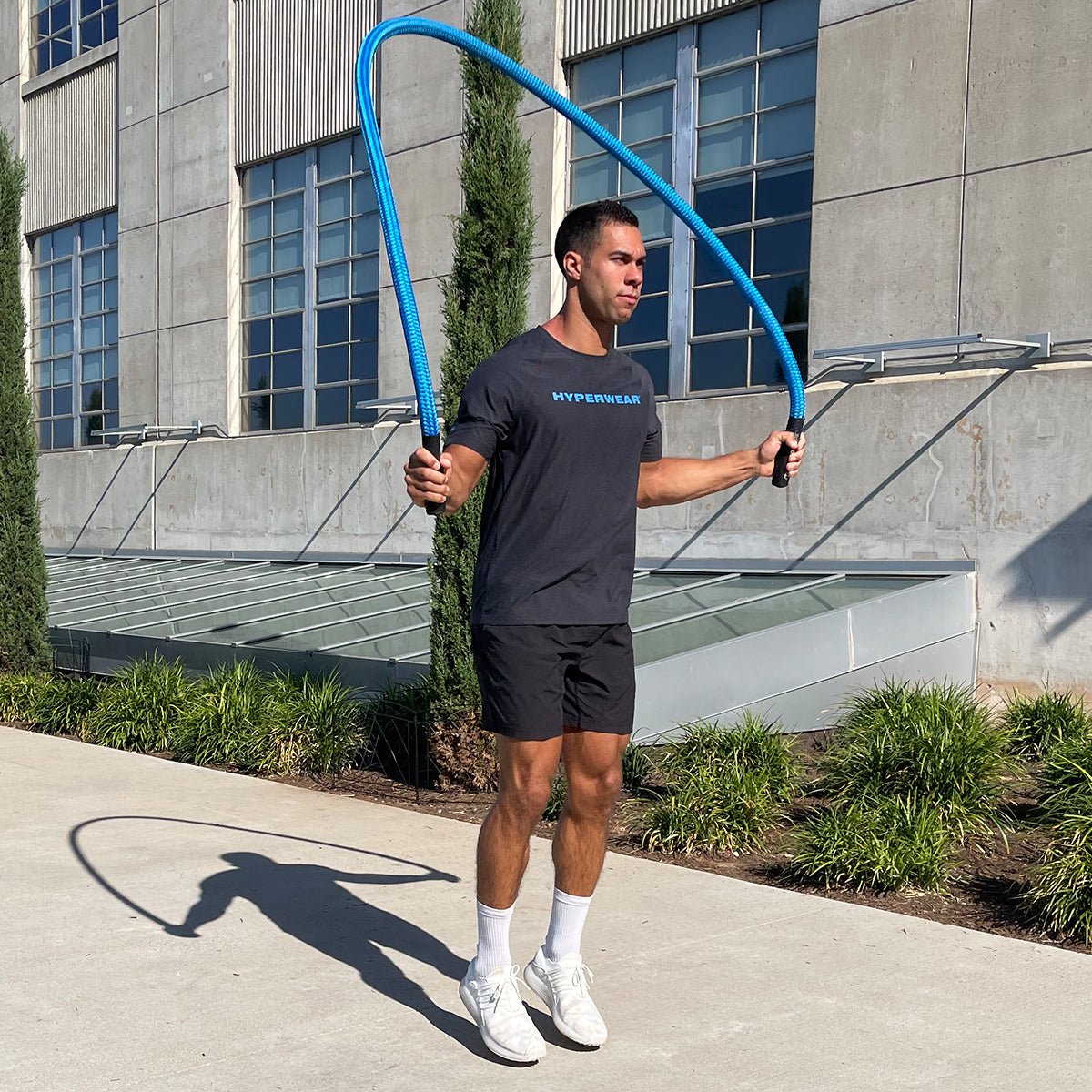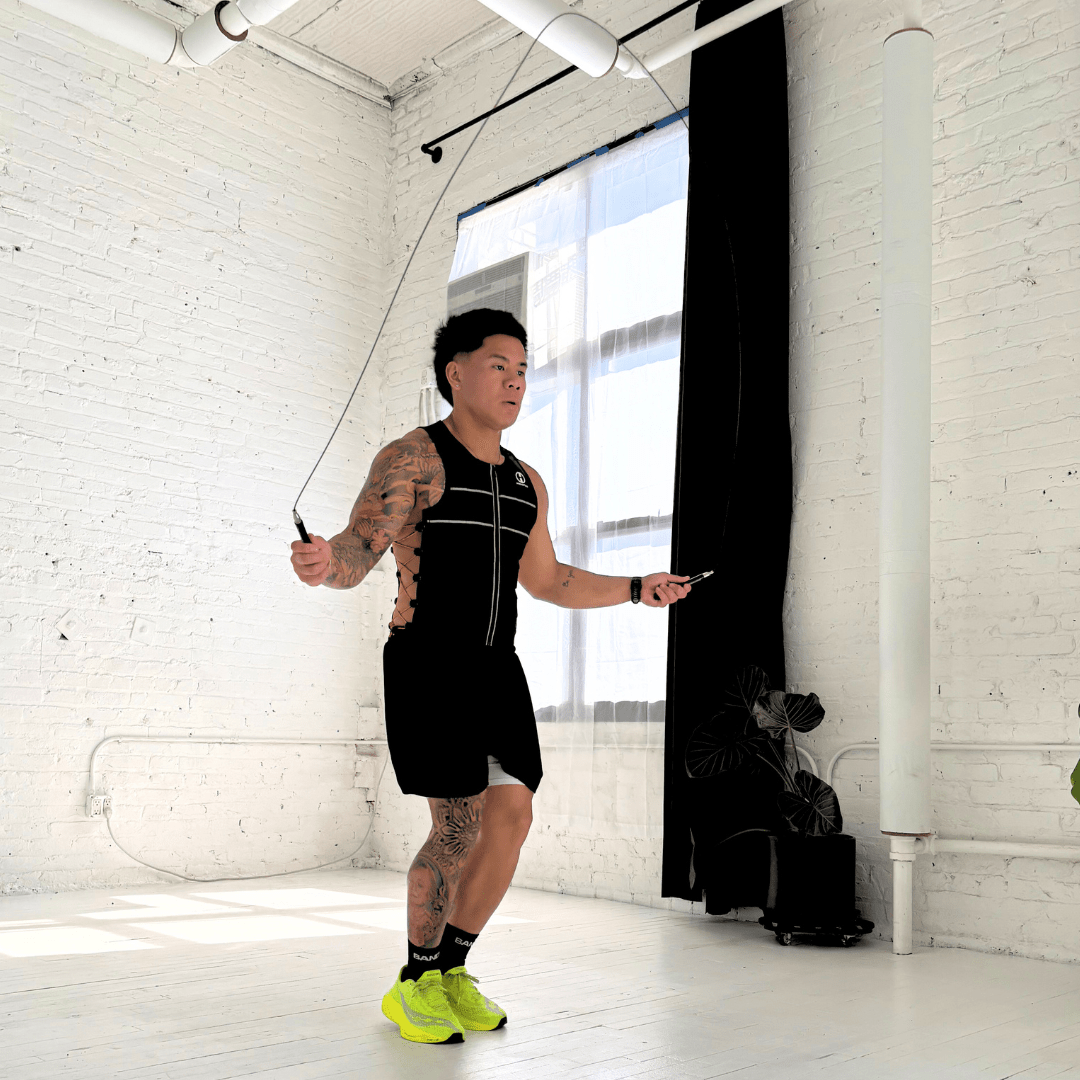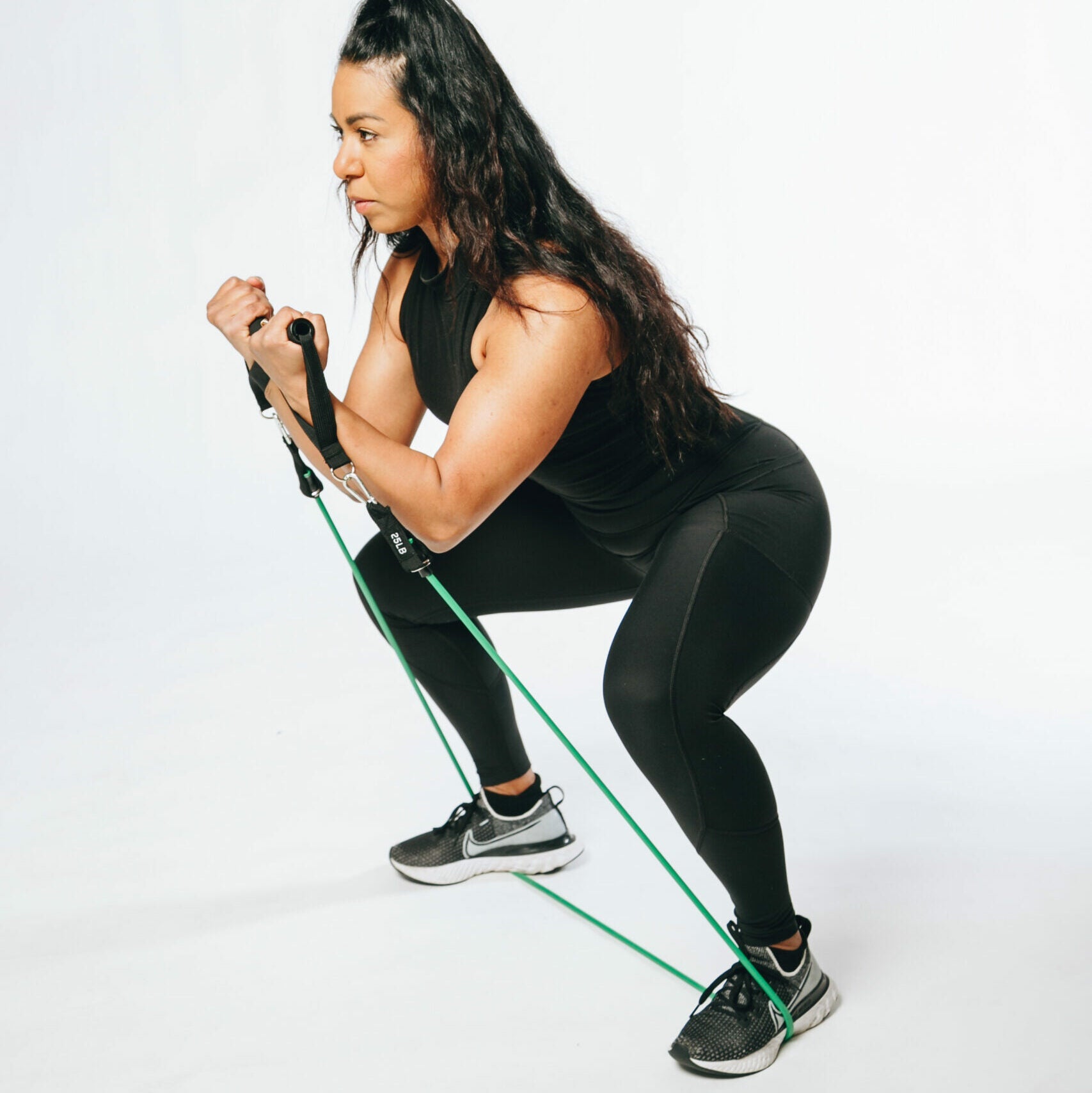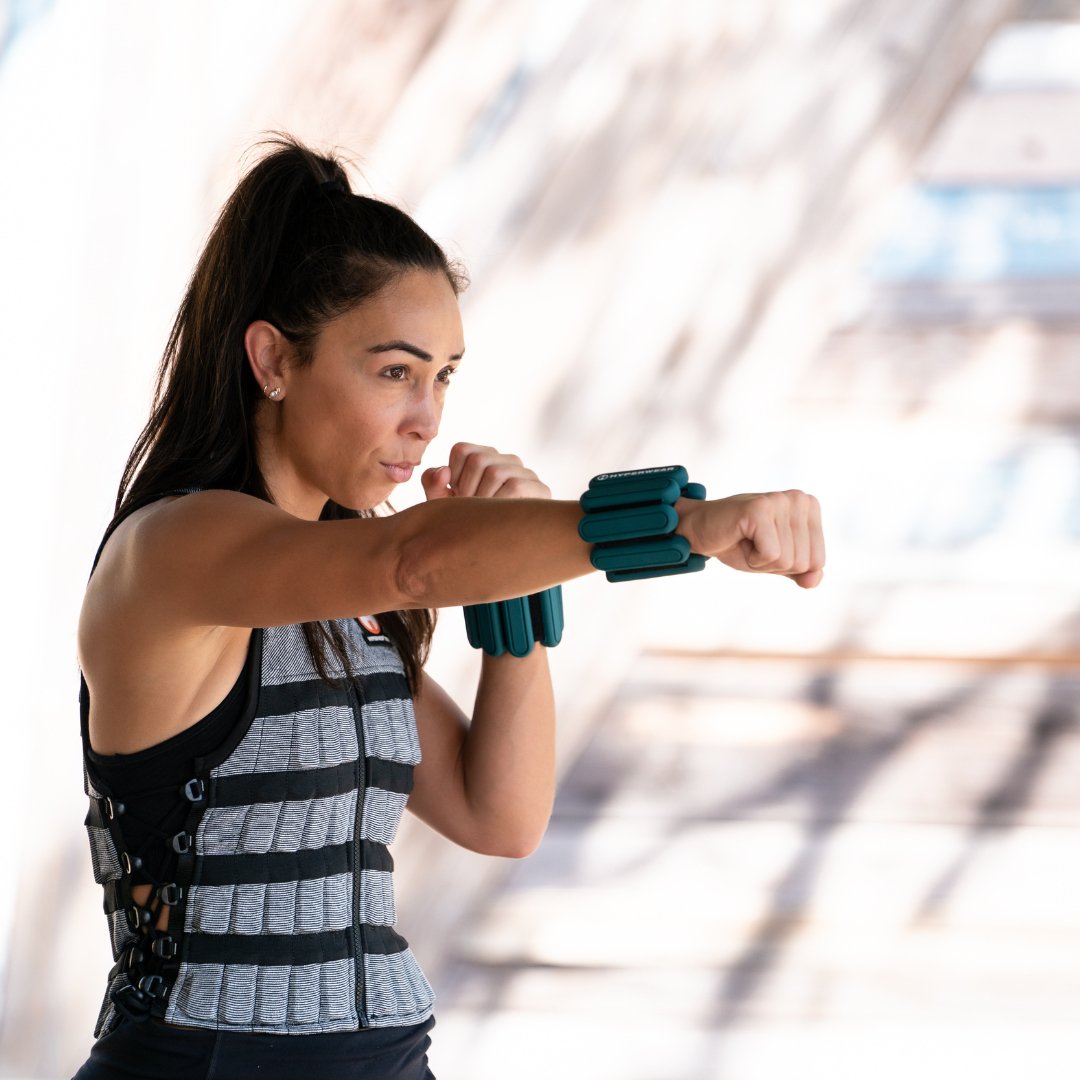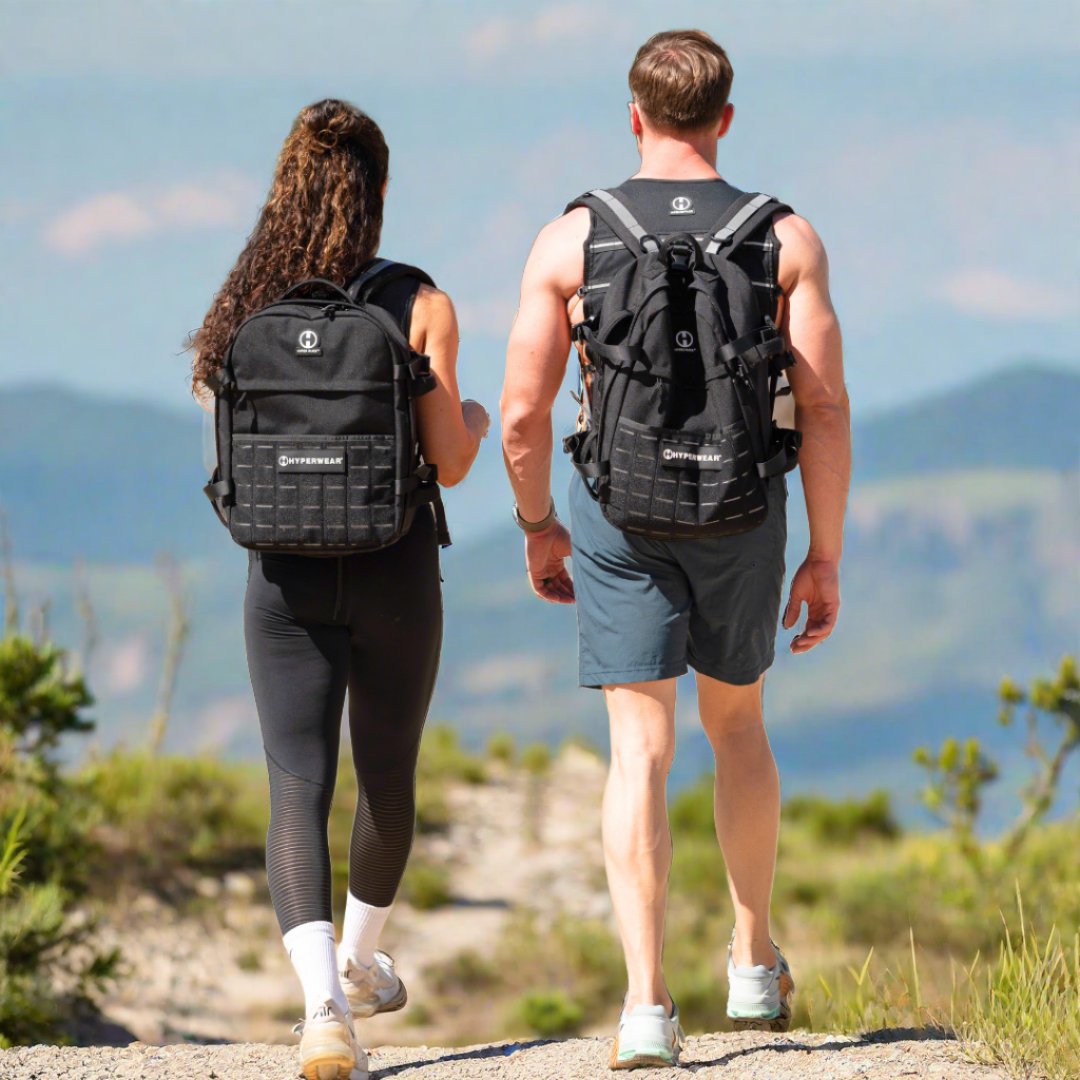Weighted Vest & Rucking Calorie Calculator
Weighted Walking Calorie Calculator
Estimate how many calories you burn walking with a weighted vest or rucking backpack.
Best Devices and Methods to Track Rucking (Speed, Distance & Time)
Tracking your speed, distance, and time while walking with a weighted vest or rucking backpack is key to seeing real fitness progress. By measuring these metrics, you’ll get a clearer picture of how many calories you burn, how your endurance improves, and where you can make small tweaks for bigger gains.
With modern technology—from free smartphone apps to high-end smartwatches—it’s never been easier. Below, you’ll discover the best devices and tips for tracking your workout data, plus how to plug those numbers into our Weighted Vest and Rucking Calorie Calculator for deeper insights.
1. Using Smartphone Apps
Many apps leverage your phone’s built-in GPS and motion sensors to measure pace, distance, and elevation.
- Popular Choices: Strava, MapMyWalk, Nike Run Club, or Apple’s Health/Fitness apps.
- How to Use: Before you start walking, open your app of choice and select “Walk” or “Outdoor Walk.” Hit “Start,” then tuck your phone away so it can track your route.
- Pro Tip: Calibrate the app by letting it detect your stride length over time or by manually entering it if the app allows. This boosts accuracy.
2. Smartwatches & Fitness Trackers
Wrist-based devices are perfect if you don’t want to carry your phone or check it during your walk.
- Examples: Apple Watch, Garmin (Forerunner/Venu/Fenix series), Fitbit, or WHOOP.
- How to Use: Set up a “Walk” workout profile, ensuring your body weight and height are correct. If possible, factor in the extra load of your vest/backpack for more accurate calorie estimates.
- Pro Tip: Enable heart rate monitoring to see how carrying extra weight increases your workout intensity or to get the benefits a zone 2 rucking workout.
3. Treadmills
If you’d rather keep things indoors, a treadmill lets you replicate consistent walking speeds and add incline for a greater challenge.
- How to Use: Enter your body weight if the treadmill allows, then note speed, incline, and time. If you’re wearing a weighted vest or rucking backpack, include that added weight in your body weight settings if possible.
- Pro Tip: Treadmills are ideal for testing how your body responds to progressive load increases, since the environment is so controlled.
FAQ
Q: Should I enter my vest/backpack weight in my fitness tracker’s settings?
A: Whenever possible, yes. Some trackers let you adjust total body weight, and adding your vest weight can improve calorie-burn estimates.
Q: Will using a treadmill vs. walking outdoors yield different data?
A: Yes, slight differences may occur because treadmills often underestimate wind resistance and real-world terrain changes. But for consistency and comparing progress over time, a treadmill is a solid option.
Q: How often should I increase my vest or ruck weight?
A: Bump it up gradually—say, every 1–2 weeks—listening to your joints and energy levels. Safety and consistency is the goal.
Strap on that weight vest or rucking backpack – science confirms rucking can speed up fat loss! 🔬 Walking or exercising with a weighted vest or weighted backpack can help you burn more calories, lose extra fat (while keeping muscle), and even boost your cardio fitness – all without high-impact workouts. Perfect hack for beginners to level up weight loss safely. Read how it works, according to new studies.
Ready to see the best in weight-adjustable rucking gear? You can check out our weighted vests, rucking backpacks and rucking weights to level up your walking routine.
